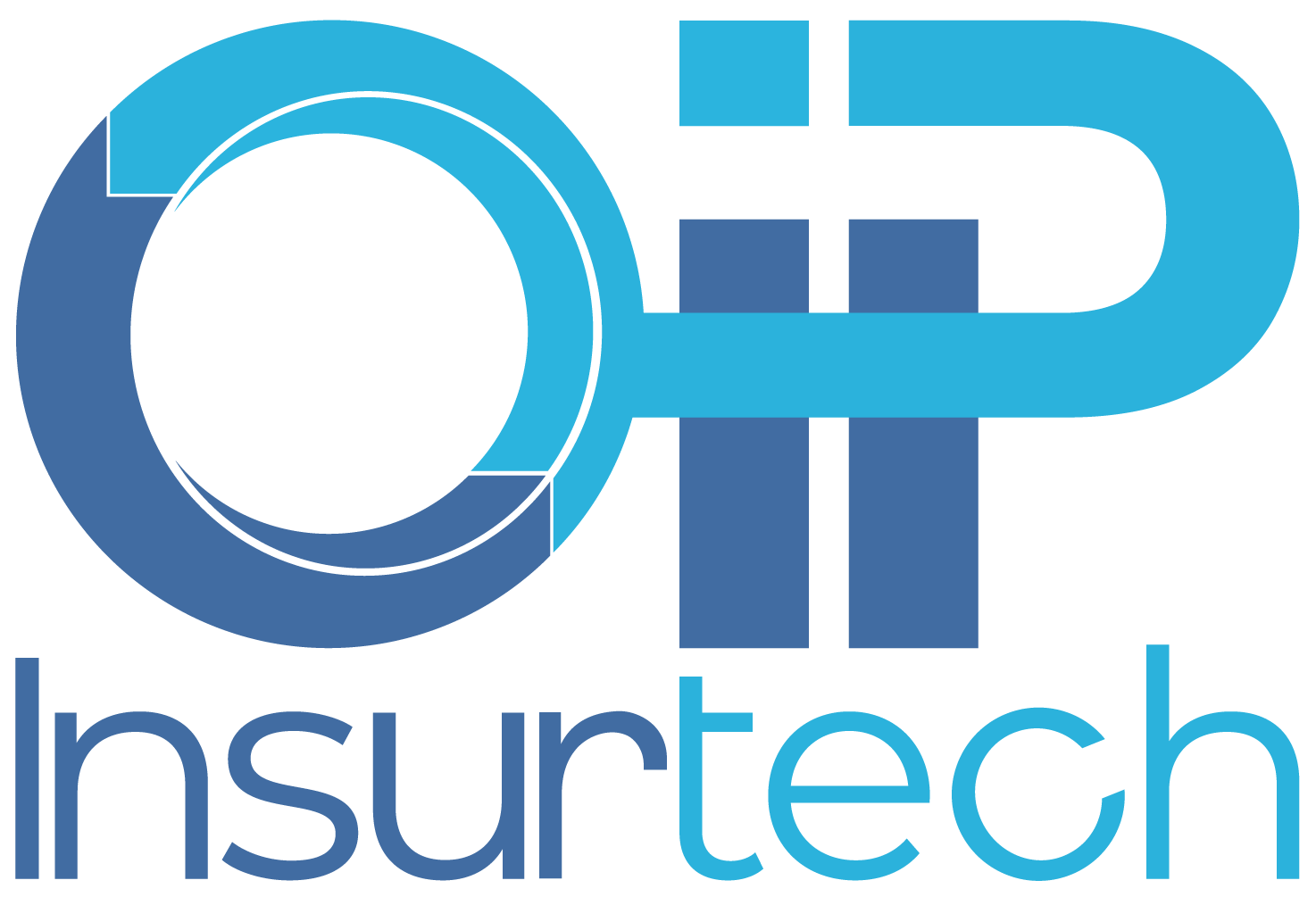How to Automate Data Entry to Expedite Insurance Claims
Claims take too long.
There’s too much paperwork. Invoices. Medical records. Repair bills.
Someone has to read each one, type the details into a system, and then double-check everything. It’s slow and tiring. It eats up time that adjusters should spend helping people.
That’s why insurers are turning to automation.
With AI tools, claims data can go straight from document to system. No more retyping. No more missed fields. Just faster claims and less stress for everyone.
We’ll show how automated data entry for insurance claims speeds things up, cuts costs, and helps you stay ahead.
 Understanding the challenges of manual claims processing
Understanding the challenges of manual claims processing
Manual work is one of the biggest bottlenecks in claims.
And generally in insurance.
Too many steps, not enough time
Every claim comes with paperwork.
Invoices. Repair estimates. Police reports. Medical records.
Each one has to be opened, read, and typed into a system.
Adjusters spend hours doing this instead of closing claims.
During busy seasons, the backlog gets worse, delaying everything else.
Mistakes happen often
Manual entry means human error.
Someone skips a field. Misses a decimal. Copies the wrong date.
That small mistake turns into big delays, like underpaying a claim or triggering extra reviews.
Even experienced teams struggle to stay accurate at scale.
Customers don’t want to wait
People file claims when they’re stressed.
The last thing they want is silence or slow updates.
But with a manual process, that’s exactly what happens.
If another insurer offers faster service, switching becomes an easy choice.
What automated data entry for insurance claims entails
Good automation isn’t just about speed.
It’s about understanding the data, moving it into the right place, and knowing when people still need to step in.
Smarter than basic OCR
Old OCR tools just read text. They scan a page and turn it into words.
But that’s not enough for insurance claims. Modern systems do more.
They know where to find a claim number.
They can spot policyholder names, damage estimates, and medical codes, even when the form looks different every time.
And they send that info to the right field in your system.
Instant connections to your system
Once data is captured, it moves fast.
APIs send it straight into your core platform.
No copy/pasting. No jumping between apps. If you still use older tools, RPA can fill the gap by mimicking human clicks.
Either way, everything lands where it needs to go – fast and clean.
People still matter
Not every claim fits the pattern.
Some forms are messy. Some claims need a second look.
That’s where your team steps in.
Human-in-the-loop models let adjusters review tricky items before they move forward.
It’s smart automation with guardrails.
Benefits of automated data entry for insurance claims
Speed matters in claims. So does accuracy.
Automation helps insurers deliver both without adding more staff or costs.
Faster settlements
AI reads claims documents in minutes, not hours.
That means adjusters can move faster from first notice to final payout.
Quicker payments make policyholders happier and strengthen your reputation.
Lower costs
Less manual work means fewer people stuck typing all day.
Insurers save money on staffing, overtime, and temporary hires.
Automation also makes it easier to scale up during busy seasons without adding huge costs.
Fewer mistakes, better compliance
Machines don’t mistype numbers or forget fields.
Automation reduces errors and builds clear audit trails.
It makes it easier to meet regulations and pass audits without last-minute scrambles.
Happier customers
When adjusters aren’t buried in paperwork, they can focus on helping people.
Fast answers, clear updates, and quicker settlements create a better experience. And stronger loyalty.

Use cases where automation makes a difference
Not every claim is simple. But many steps in the process are.
That’s where automation helps by speeding up what doesn’t need human judgment.
First notice of loss (FNOL)
When a claim is reported, speed is key.
AI tools read emails, forms, and images right away. They grab key details and send them into your claims system instantly.
No more backlogs at intake.
Claims document handling
Medical bills, repair estimates, and loss runs come in all shapes and sizes.
Automation scans them fast and picks out the important stuff like costs, dates, or service codes.
It puts everything in one place so adjusters can verify and move on.
Complex claims
Some claims need an expert.
But before adjusters dig into the details, automation collects and sorts the basics.
That means fewer errors and more time for real investigation.
Connecting with legacy systems
Older platforms can’t always keep up.
But automation tools use RPA or APIs to push data where it needs to go.
No full rebuilds required. Just smarter connections between old and new tools.
Overcoming common adoption challenges
Bringing in automation can feel risky.
But the hurdles are smaller than they seem.
Legacy systems
Many insurers still use old platforms. These systems don’t have modern APIs.
But that doesn’t mean you can’t automate.
Tools like RPA let you pull data from emails, PDFs, and scanned documents without rebuilding your tech stack.
You get the speed of automation without the massive IT bill.
Workforce skepticism
Change is scary. Some staff may fear that automation will replace them.
The truth is different.
Automation cuts out boring, repetitive tasks.
It lets employees spend more time on smart work, like analyzing claims and helping customers. Clear training and a good plan make the transition easy.
Security and data integrity
Insurance deals with private information.
Automation must protect that data.
The best platforms encrypt everything and leave clear audit trails.
With the right setup, automation keeps you safe, compliant, and ready for any audit.
Selecting the right automated claims partner
Choosing a tech partner is a big deal.
Especially when claims are involved.
The right solution can save time, cut costs, and boost accuracy. The wrong one slows you down and creates more problems.
What to look for
Don’t choose just any AI vendor. Pick one that actually understands insurance.
Not just data science but how claims work from start to finish.
A good partner should:
-
Know the claims lifecycle, from FNOL to subrogation
-
Handle multiple document types and formats
-
Deliver clean, structured data, not just raw text
-
Offer both API and RPA integrations
-
Provide responsive support, not just onboarding and goodbye
Ask how they train their models.
Ask if they’ve worked with MGAs, carriers, or TPAs before.
And most of all – ask for proof.
Make sure it scales
Claims don’t come in evenly. A quiet month can turn into a flood after one storm.
Your tech needs to scale with demand.
That means fast processing during surges without crashing or slowing down.
It also means the system works with what you already use.
Old platform? No problem.
A good solution plugs into legacy or modern systems without forcing an overhaul.
AI needs insurance brains behind it
Great AI means nothing if it doesn’t understand insurance.
Claims are full of nuance – endorsements, state-by-state rules, and gray areas in coverage. You need tech that gets that.
That’s where OIP Insurtech is different.
We’ve worked in claims.
Our team isn’t just engineers. It’s made up of people who’ve handled loss notices, flagged suspicious claims, and processed settlements.
So when we build tools like NT Extractor, we don’t just think about speed. We think about what claim professionals actually need.
We help you move fast, stay accurate, and make smarter decisions.
Not just automate for the sake of it.
 How NT Extractor helps automate claims the right way
How NT Extractor helps automate claims the right way
NT Extractor is not a generic AI tool.
It’s built for insurance, by insurance professionals.
Every feature is designed to match how real claims work—on real desks, with real data.
It captures the right fields. Flags missing pieces. And feeds clean, usable data into your systems in minutes.
Speed without losing accuracy
NT Extractor reads documents fast. Submissions, invoices, loss runs – processed in seconds.
And it’s accurate, too, up to 99%.
No more wasted time retyping. No more delays because a coverage limit was missed.
Adjusters get clean data and can move right into decision-making.
No need to rebuild your tech stack
Whether you’re using modern APIs or stuck with older platforms, NT Extractor fits in.
It connects with your systems through:
-
Direct API integrations
-
RPA overlays for legacy software
-
Custom middleware, if needed
That means you get automation without the need for a major system upgrade.
Built by people who know insurance
Many AI vendors talk speed. Few understand endorsements, coverage exclusions, or regional carrier rules.
NT Extractor was designed by professionals who’ve worked in claims.
That’s why it knows which fields matter and which ones to double-check.
It doesn’t just scan a page.
It understands the job behind the document.
Ready for what comes next
NT Extractor doesn’t stop at document capture.
By giving you structured data from the start, it sets the foundation for:
-
Predictive analytics
-
Smarter risk scoring
-
Workflow automation beyond claims
It’s a step toward faster claims today and smarter decisions tomorrow.
The bottom line
Manual data entry slows everything down.
Customers wait. Teams fall behind. Mistakes happen.
That’s why automation isn’t optional anymore.
AI-powered data entry tools like NT Extractor help insurers speed up claims, reduce errors, and serve policyholders better.
The result? Fewer delays. Lower costs. Happier clients.
Insurers who move fast now will lead the market later.
Key takeaways
-
Faster claims – Cut delays and pay customers sooner
-
Lower costs – Free up your team for higher-value work
-
Fewer errors – Reduce rework and stay audit-ready
-
OIP Insurtech edge – Get real results from people who know insurance
-
NT Extractor – Fast, accurate, future-ready claims automation
Ready to explore how automated data entry for insurance claims can transform your workflow? Send a message to our team to learn more.

